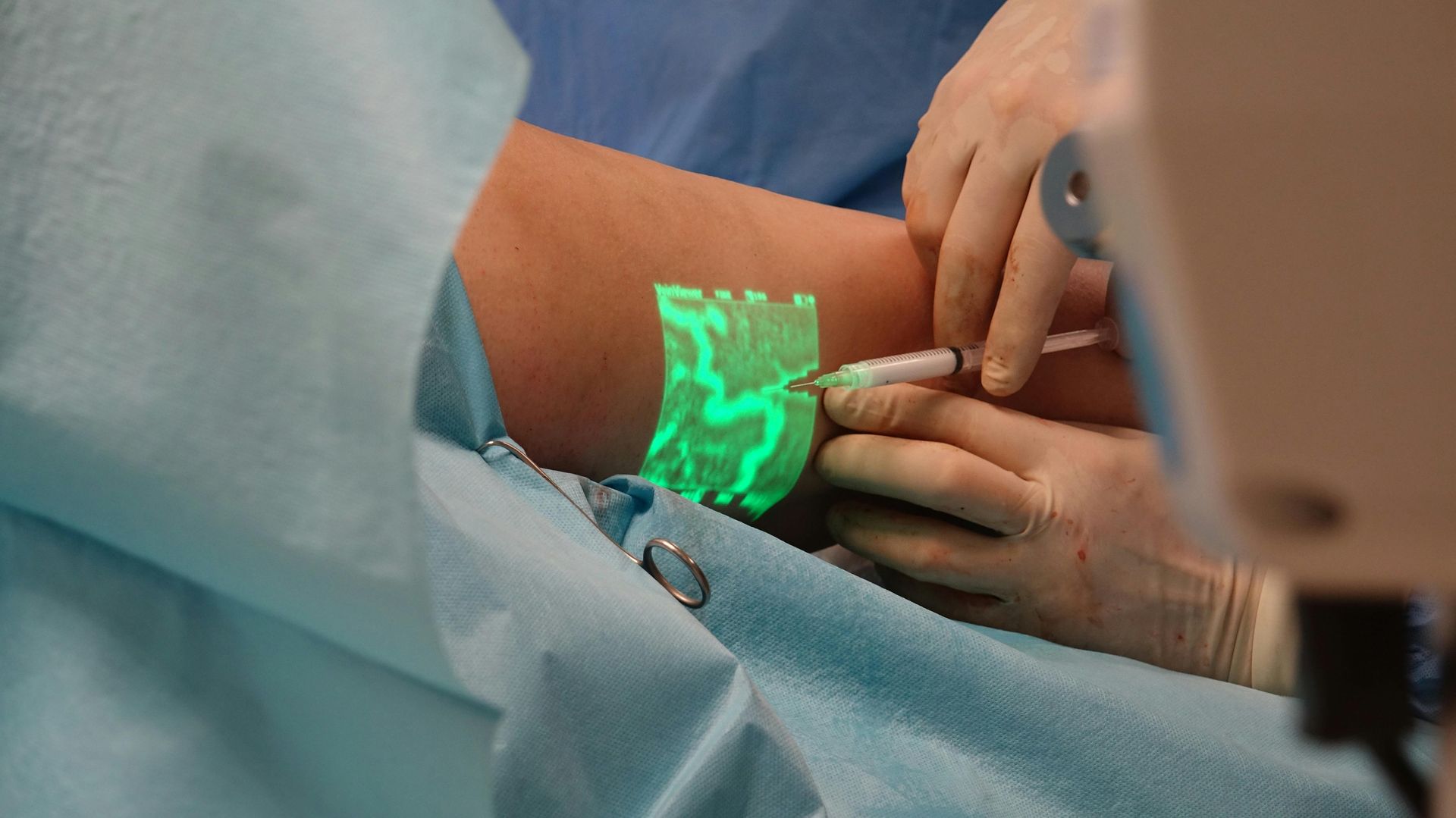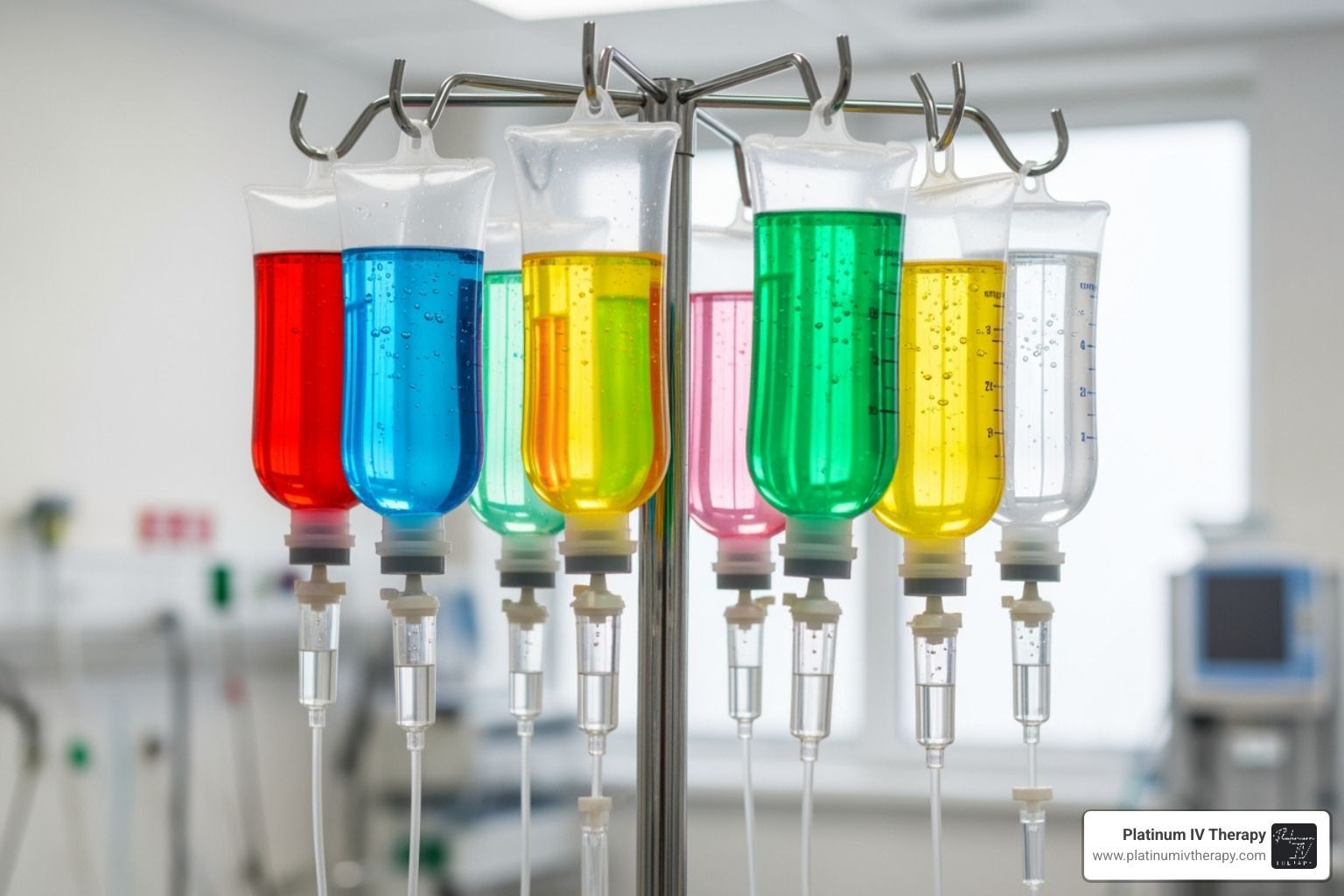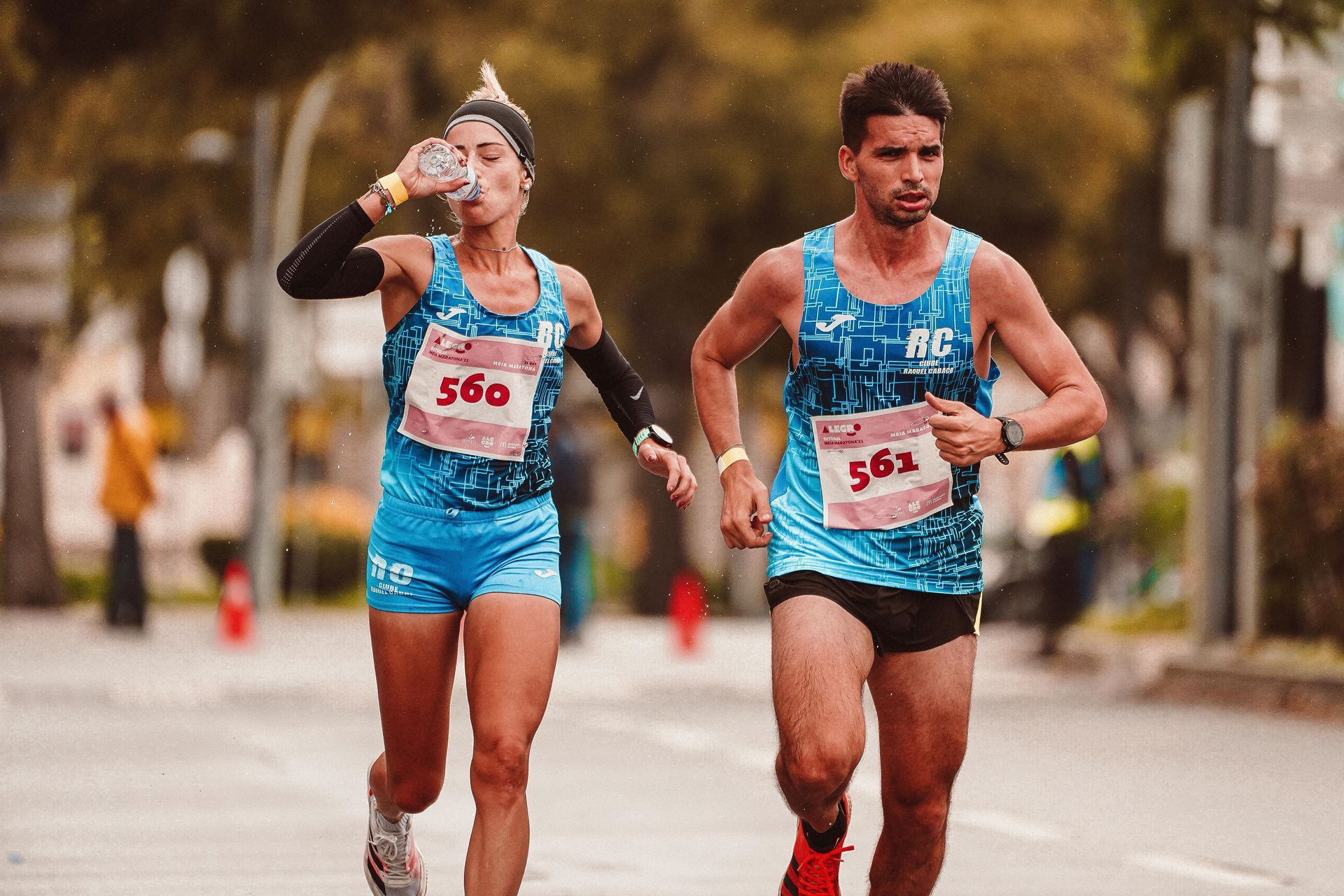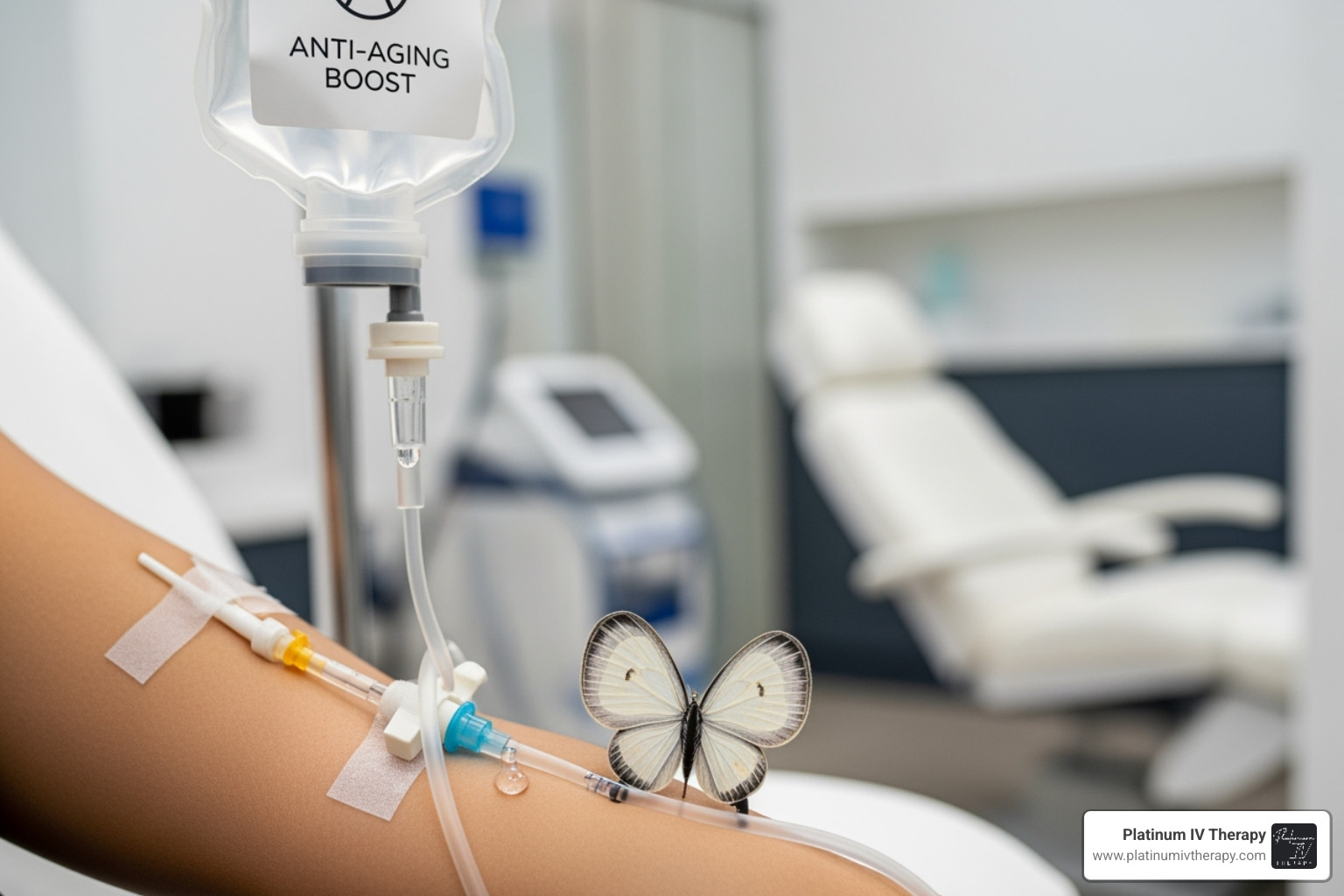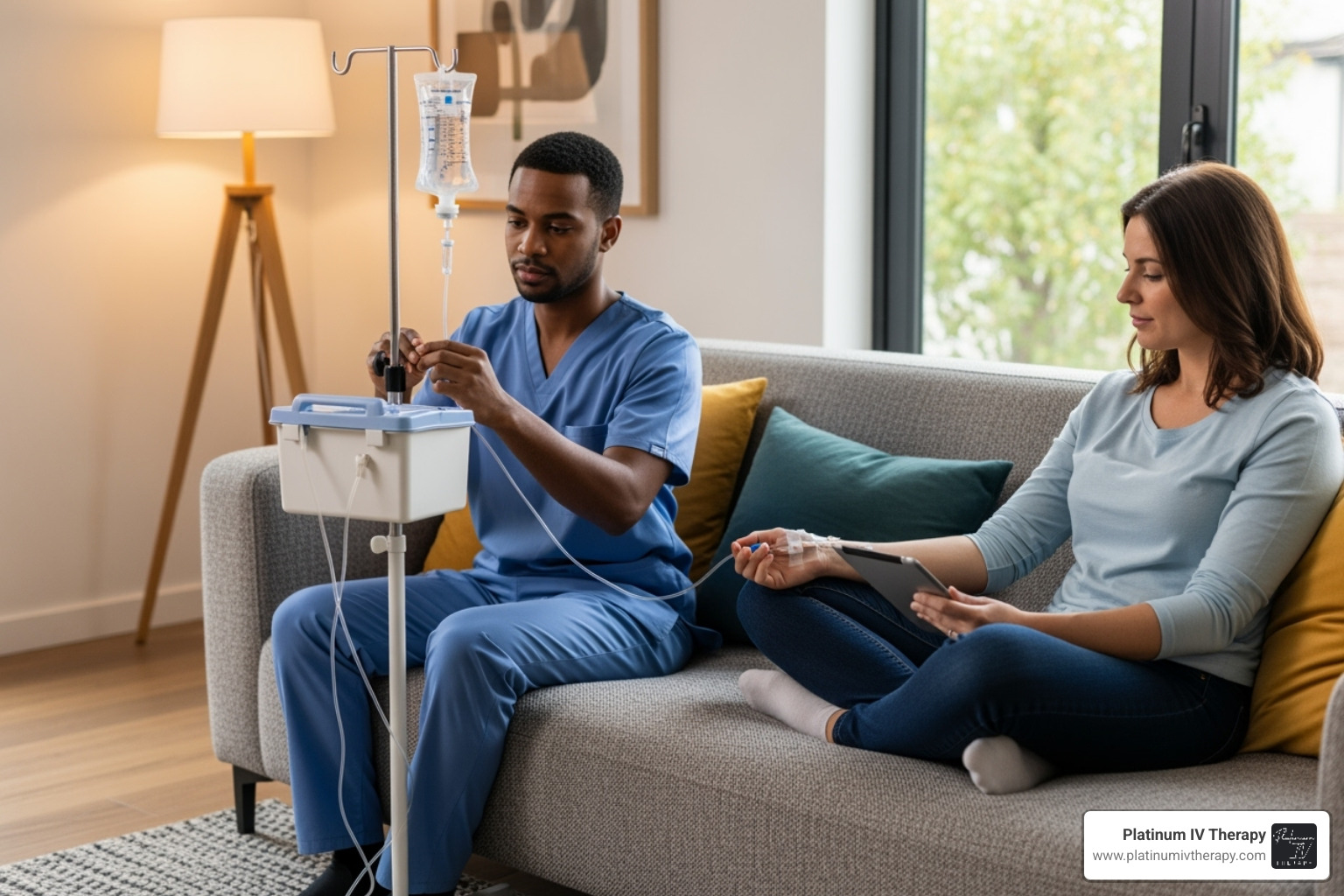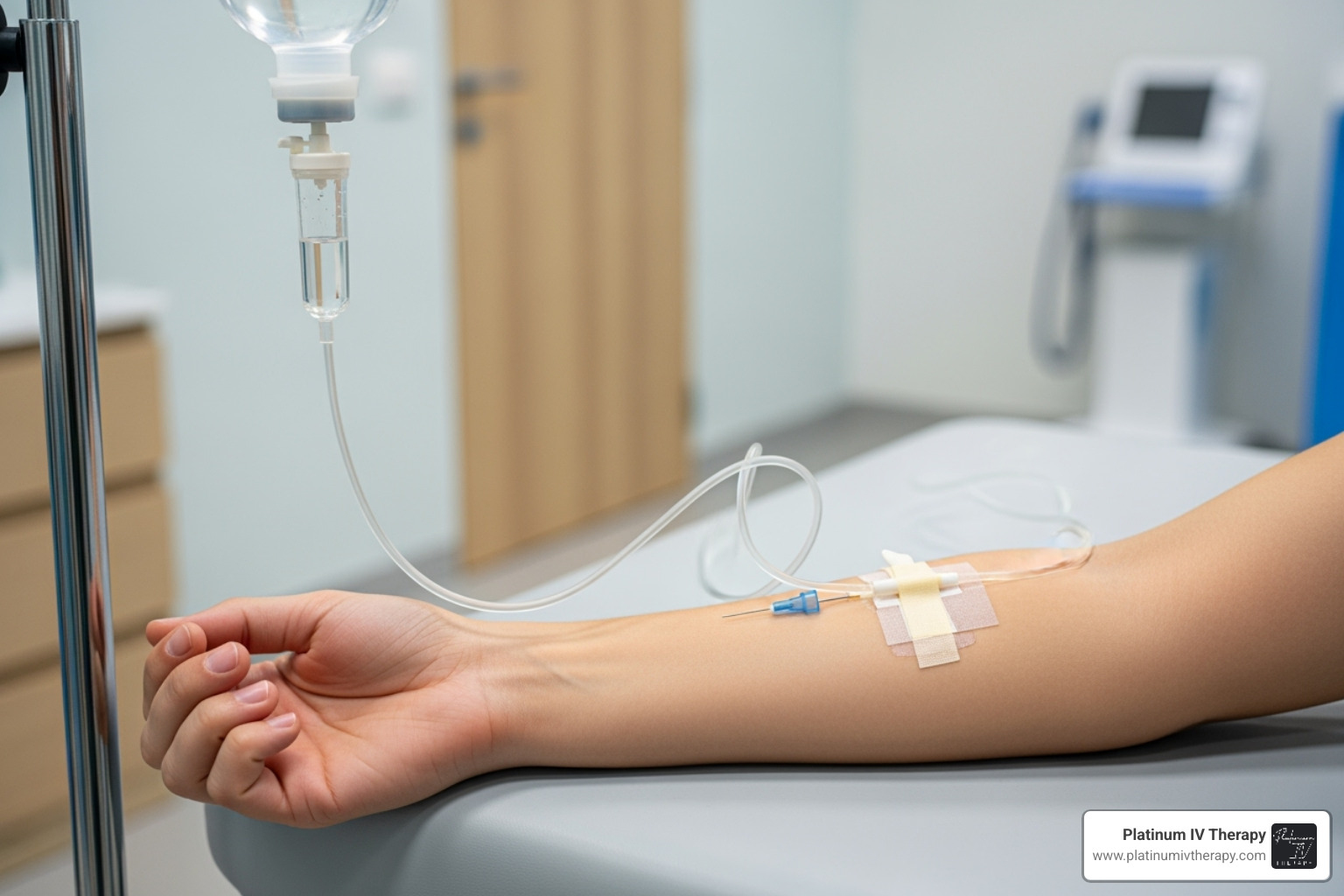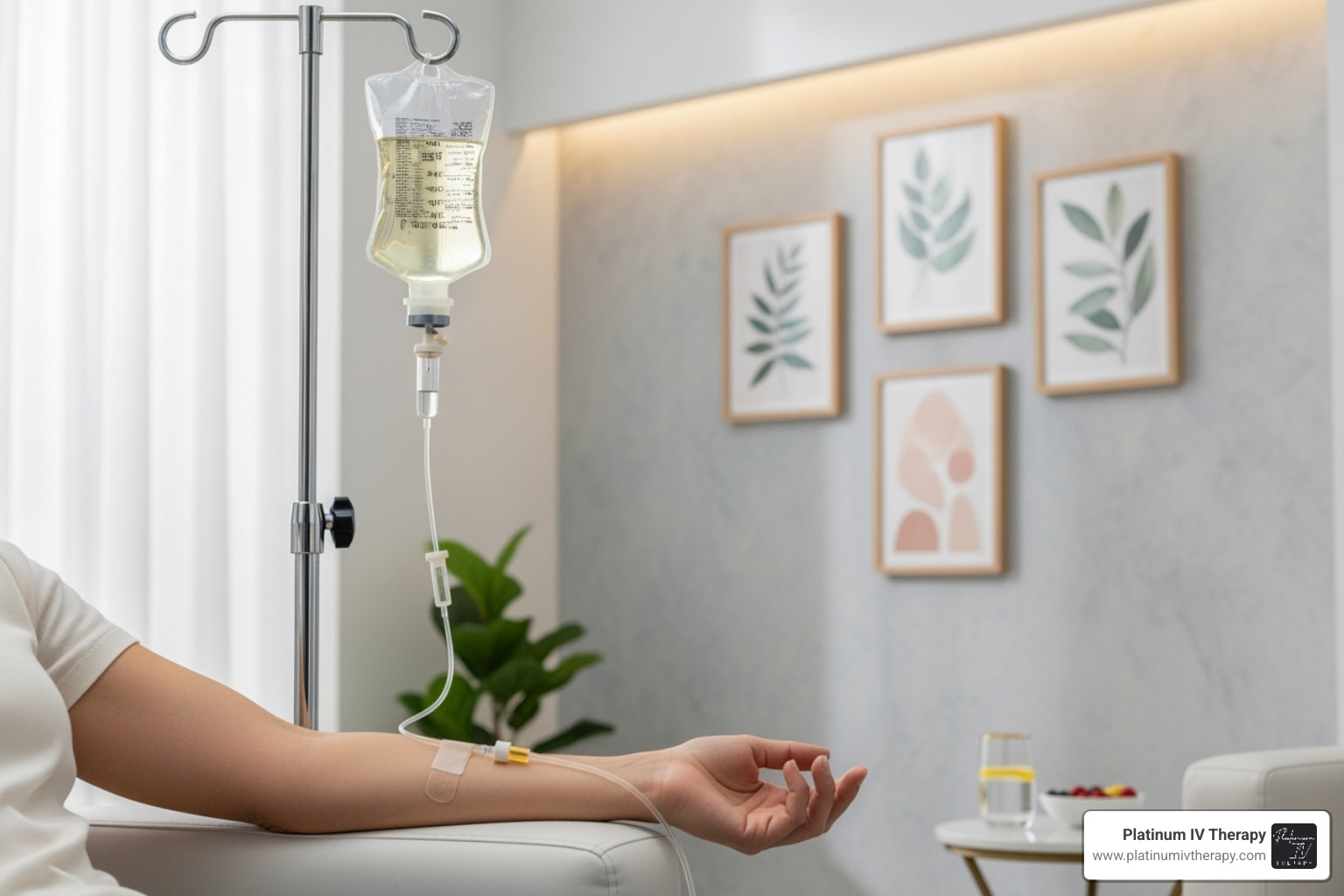How Often Should You Get IV Therapy?
People often ask, “How often should you get IV therapy?” The honest answer is: it depends on you. Your goals, energy levels, recent illness, training load, travel, and even your lab results all play a part. A simple way to think about it is in three steps: start a little more often to feel better (usually weekly), then ease into every one to two weeks as you stabilize, and finally move to a maintenance rhythm of every three to four weeks or as needed. This keeps IV therapy flexible and practical without overdoing it. Throughout, guidance from a licensed clinician matters for safety, the right formula, and timing that fits your body and budget.
What Actually Determines Your Ideal Schedule?
The truth is, there isn’t a single formula for how often you should get IV therapy. The ideal schedule depends on your goals, health background, energy levels, and day-to-day life. Below are the main factors that shape your infusion frequency.
Your Goal (Recovery, Performance, Immunity, Beauty, Wellness)
Your reason for choosing IV therapy plays the biggest role. If you’re recovering from dehydration or illness, you may benefit from weekly infusions at first to restore balance. Athletes often time their drips around heavy training or events to stay ahead of fluid and electrolyte loss. Those looking for immune support during cold and flu season might book sessions every 2–4 weeks, while general wellness or beauty goals are usually maintained with monthly treatments.
Baseline Labs & Symptoms
Lab results and how you actually feel are crucial. Vitamin and mineral tests, along with hydration markers, can reveal deficiencies that need more frequent sessions in the short term. Once your labs stabilize and symptoms like fatigue, dizziness, or poor focus improve, your provider will likely recommend spacing treatments further apart.
Lifestyle Load (Travel, Training, Stress, Sleep)
Busy lifestyles create different hydration and recovery needs. Frequent flyers lose fluids quickly from dry cabin air, and shift workers often feel more drained, making infusions before or after travel especially helpful. Intense exercise, hot climates, or high-stress periods may also justify a tighter schedule, while stable routines with good sleep and balanced nutrition may only require occasional maintenance.
Absorption Issues (GI Conditions, Medications)
Not everyone absorbs nutrients efficiently through food or supplements. Conditions like Crohn’s disease, celiac disease, or even post-surgery changes can limit absorption. Certain medications also interfere with how your body processes vitamins. For these cases, IV therapy may be scheduled more regularly to bypass the digestive system, always under a clinician’s guidance.
Budget & Convenience (Mobile vs. Clinic)
Practical factors matter too. At-home mobile IV services make it easier to stay consistent during the loading or transition phases, while clinic visits may influence how often you realistically go. At Platinum IV Therapy, you can choose mobile or in-clinic care so staying on your recommended schedule is simple. Cost is also a factor—many providers offer memberships or group discounts, but it’s important to let your health needs, not packages, decide your frequency.
How Often Should You Get Each IV We Offer?
Everyone’s schedule is personalized. Use the ranges below as a starting point, then adjust with your clinician based on your goals, lab results, and how you feel. Most visits take about 30–60 minutes.
1. Hydration-Focused IVs (Simply Fluids, Quench)
These drips are ideal when dehydration is the main issue after illness, long flights, heat exposure, or heavy training. They are typically used as needed, and can be timed around intense workouts or heat waves. They are not meant for daily use.
2. Immune & General Wellness (Immunity, Platinum Wellness, De-Stress, Inner Beauty)
Choose these when you want steady support for immunity, energy, skin, or stress management. If you’re run down, a short loading phase of weekly sessions for 2–4 weeks can help you bounce back. Once stable, most people shift to every 2–4 weeks (some prefer monthly). If sleep, energy, and labs look good, space them out.
3. Myers’-Based Formulas (Myers’ Cocktail, Loaded Myers’)
These broad wellness blends are often used to support energy, focus, and recovery. A common pattern is weekly for 4–6 weeks, followed by every 2–4 weeks (and sometimes up to 6 weeks) for maintenance. During illness or peak training, you can tighten the cadence briefly, then return to maintenance once you’re back to baseline.
4. NAD+ Programs
NAD+ sessions are typically done in a short loading series of 4–6 infusions over 2–3 weeks, then every 2–4 weeks for maintenance. Session lengths can be longer than other drips. Because NAD+ protocols vary by goal, they should always be clinician-guided.
5. High-Dose Vitamin C (IVC)
High-dose vitamin C is used in physician-directed protocols. Frequencies commonly land around 2–3 times per week during defined treatment windows. This option requires medical oversight and lab monitoring, and it is not a general wellness drip.
6. Condition-Specific Relief
- Migraine Relief: Event-based; use as needed during acute attacks—no fixed maintenance schedule.
- Reboot Hangover: Best after significant alcohol intake or as planned pre-event hydration; not for routine use.
- Allergy Relief: During peak seasons, weekly for a short period, then taper as symptoms improve.
- Alleviate PMS Relief: Typically once per cycle, timed to the premenstrual symptom window for targeted relief.
7. Performance & Body-Composition (Performance & Recovery, Skinny Drip)
Performance & Recovery is commonly timed weekly around heavy training blocks or before/after key events, then eased to every 2–4 weeks in lighter periods. Skinny Drip, if chosen, should be used weekly or biweekly short-term while prioritizing nutrition, sleep, and training. Reassess often; evidence for weight-loss IVs is limited, so avoid overuse.
Putting It All Together: How to Apply This in Real Life
Start with a consultation and labs. If you need a jump-start, use a brief loading phase (often weekly). Reassess after 4–8 weeks; if symptoms and labs improve, space sessions to biweekly and then monthly as appropriate. Align your schedule with real life—tighten around travel, peak training, or high-stress weeks, and ease off when things are stable.
How Long Do IV Therapy Benefits Last?
Quick take: IV fluids act fast, vitamins work on different timelines, and the “feel-better” effect can outlast what’s circulating useful when deciding how often to get IV therapy.
Hydration & Electrolytes: Relief in Minutes to Hours
Isotonic IV fluids distribute quickly, often within 20–40 minutes—so dryness, lightheadedness, or a rapid pulse can ease the same day. Full recovery depends on severity: mild dehydration may normalize in a few hours, while moderate to severe cases can take several hours of correction before you’re fully back to baseline.
Vitamins: Water- vs. Fat-Soluble
Water-soluble vitamins (vitamin C, most B-vitamins) don’t stay elevated long; kidneys clear excess within hours. Some B-vitamins deplete over weeks without intake, while vitamin B12 is stored in the liver for years. Fat-soluble vitamins (A, D, E, K) are stored in liver/body fat, so they’re released gradually, with effects that build and persist longer than water-soluble vitamins—though dosing should be cautious to avoid excess.
How Often Should You Get IV Therapy at Platinum IV Therapy
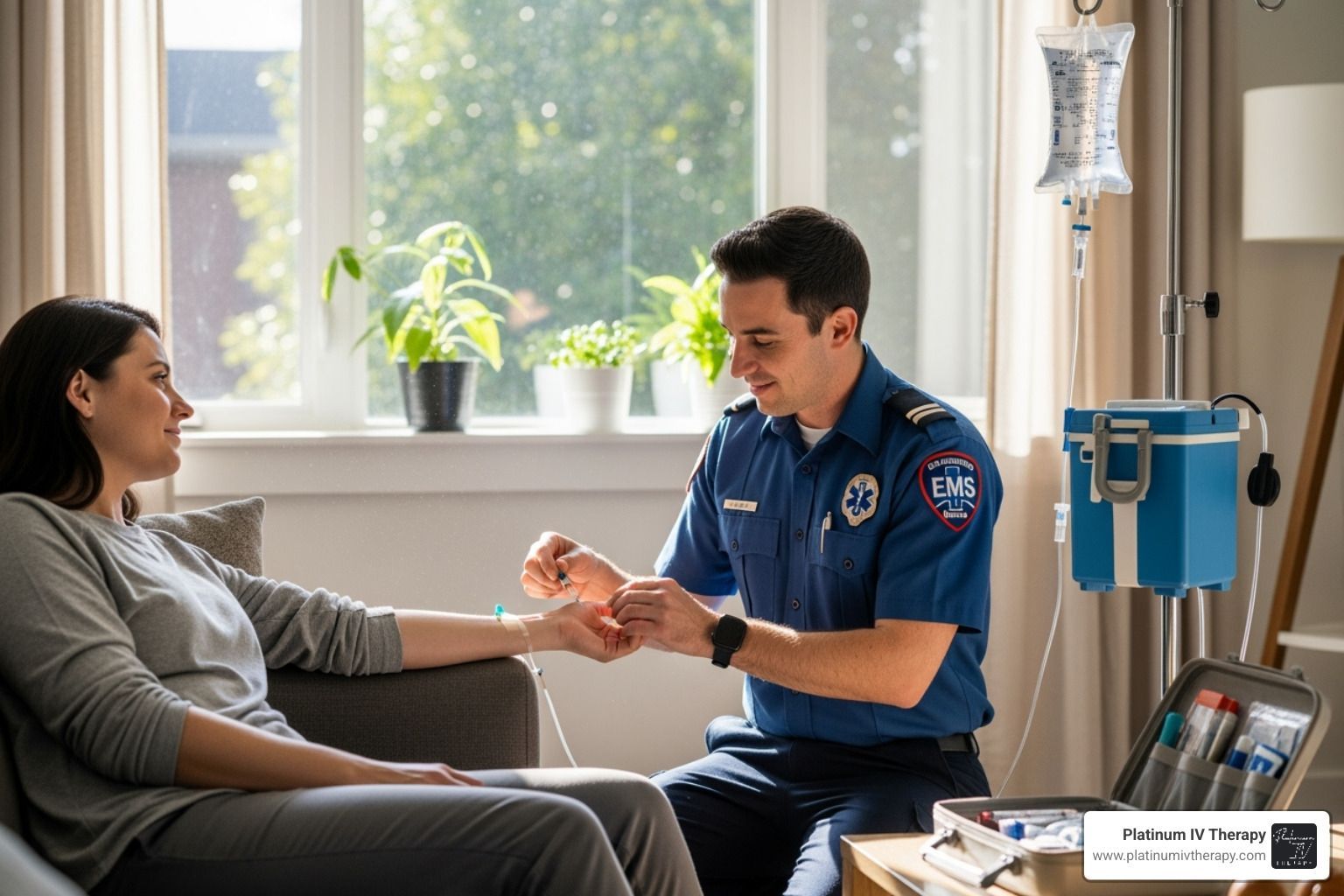
We personalize your cadence. After a quick consult, we align your goals (energy, recovery, immunity, beauty, performance) with your health history and any labs, then set a schedule and formula that fit your life. Care is available in-clinic or via our mobile team, and most visits take 30–60 minutes.
We typically follow a simple rhythm: starter → transition → maintenance. In the starter phase, sessions are often weekly for 2–4 weeks to correct hydration and nutrient shortfalls. As you stabilize, we space to every 1–2 weeks and fine-tune ingredients; during travel, heat, or heavy training, we may tighten briefly.
For maintenance, most clients choose every 3–4 weeks—or as needed. Event-based drips like migraine or hangover relief are used only when required, not as routine. Every infusion is clinician-guided with appropriate screening, so your answer to “how often should you get IV therapy” stays safe, effective, and tailored to real-world results.

